
Then he gave up in despair / and he madly pulled his hair
Trichotillomania is a scientific term for hair loss caused by pulling of one's own hair. It is most common to pull on scalp hair, but any hair present on the body can be pulled. This form of behaviour is usually classified as a behavioural disorder, and is typically connected with a strong feeling of shame and lesser value that usually results in withdrawal or social awkwardness. Causes are various, but disorder is believed to be very much stress-related as it is frequently triggered by a switch to a more stressful lifestyle or environment.Depending on age when this type of behaviour appears and severity of the condition, it can be ignored as such behaviour will cease (usually in younger children), merely pointed out as a problem, or treated.
Prognosis
Hair pulling is usually a self-limiting condition in preschool children and requires no intervention, while onset of such behaviour in adults may indicate an underlying psychiatric disturbance. Picking and scratching can cause skin lesions and lead to secondary infections, but complications other that are seldom.
Treatment of the disorder
Two main forms of treatment for hair pulling are psychotherapy and medication. A form of psychotherapy known as cognitive behaviour therapy is known to help in most cases. It focuses on rising the patient's awareness of hair pulling which in turn helps to break the habit, learning what states and emotions trigger the pulling, and learning how to vent such situations with some other action or behaviour. This form of therapy is often blended with some other form of therapy, in example, one form that focuses on accepting the urge and avoiding acting on it.
Medications used in treatment of hair pulling are never used as a standalone solution, but in combination with cognitive behaviour therapy. Typical medicines for treatment of hair pulling are antidepressants, but these have numerous unwanted side effects and there are many people who are intolerant of them.
Other, less common forms of treatment include hypnotherapy (usually as initial form of treatment) and biofeedback techniques.
Homeopathy
Some plants can be useful as homeopathic remedies for hair pulling. In example, Aloe Vera soothes itching scalp, while chamomile tea has a calming effect and is also known to soothe scalp and eyelashes. Majoram leaves help to cope with effects of shock or loss, and are also known to calm headaches, PMS, nervous tension, and other potential trichotillomania-triggering states.


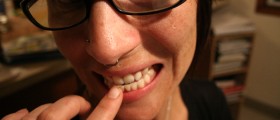
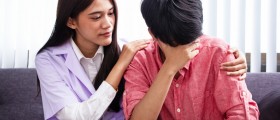

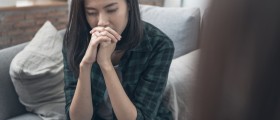

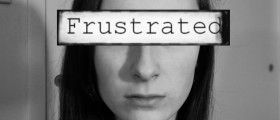








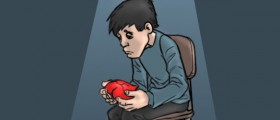
Your thoughts on this
Loading...